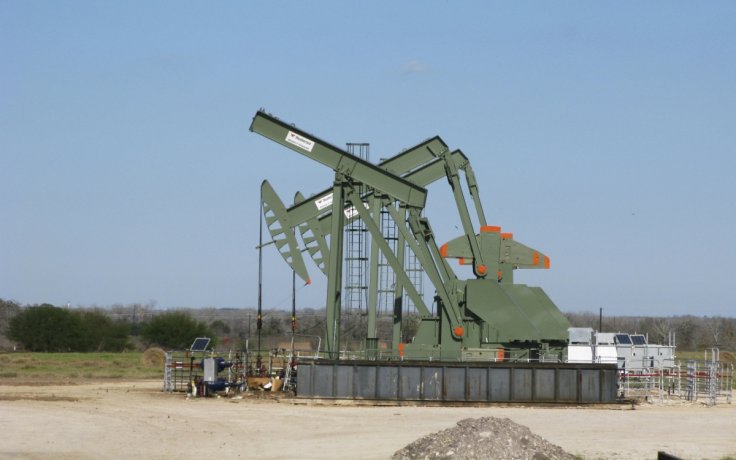A record-setting crash in crude oil prices has sent the energy market into uncharted territory. The WTI crude oil futures dropped to -$37.63 per barrel on Monday, marking a 306 percent plunge and the first ever drop below $0. In other words, crude sellers had to pay the buyers for the first time ever. Are you going to get paid for filling up your tank at the bunk? Obviously not. Then what does this mean actually?
Why did crude prices plunge?
With tank farms running full and supertanker loads sitting without buyers, the only other option for oil producers was to pay the buyers, technically. An oil glut has been building up the world over ever since the coronavirus contagion sent major energy consuming countries into total or partial lockdown over the last month. The Saudi Arabia-Russia price war and the consequent oversupply in the market only worsened the situation. By the time the price war was settled last week, the glut in key markets had breached safe levels.
If there's no takers for your product, you could just halt production. Well, not in the oil industry.
Is it a technical scenario?
However, the reasons for a plunge below $0 were more technical in nature. The steep dive happened in the futures contract, a deal under which a buyer must take delivery of crude at a certain point in time at a certain price. If you are a trader who has locked on to a purchase on a certain date at a certain price, you either have to honour the commitment or sell before the contract expires.
Now, the May futures contract was expiring on April 21, and a whole bunch of traders were forced to skip buying as there was little demand and less storage spaces. And if you must sell at the last moment in a plunging market, you had to sell at negative prices. That is what happened on Monday.
Even as the May contract US crude went for trade in low negative territory, the June contract saw trade in the normal range, rising $1.72 cents (8.4 percent), to $22.15 a barrel.
What caused demand destruction?

First and foremost it's the coronavirus pandemic that squeezed the life out of oil markets. With tanks filled up and nowhere to go, consumers in the US, the biggest oil consumer, have extremely low gasoline prices on offer ($1.8 a gallon and falling steadily since February). With oil consumption prospects remaining bleak for several more months, crude prices will remain on a shaky ground for long. According to the EIA, US gasoline demand plunged 32 percent this month, compared with the same time a year ago.
What are supply side risks?
Monday's crash was partly also due to the supply glut owing to the Saudi-US price war. With Moscow refusing to align with Riyadh on supply management, Saudi Arabia and the OPEC ramped up production. The aim was to hit Russia where it hurts, while also making sure that the US shale business would be dealt a crushing blow in a sustained low-price environment.
Why can't oil producers halt production?
If there's no takers for your product, you could just halt production. Well, not in the oil industry. Stopping production at the oil wells may cause damage to the production apparatus in the long run. For example, shale producer Teal Natural Resources says that storing a month's worth of crude output would entail a cost of nearly $20 a day per tank. This amounts to a whopping $300,000 a month. However, shutting the wells is not an option as it can lead to reduced output in future besides potentially causing a breach of lease contracts.
Bloomberg reported that the US government is considering a plan under which oil producers will be asked to keep the output off the market for a time. This temporary measure will avoid further glut until markets recover and help producers cover near-term losses.

Storage issues predicted to become worse
One of the reasons why WTI crude plumbed the depths in the futures trade on Monday was that there was hardly any space in the storage yards or oil tankers anywhere on the major markets. If you wanted to buy at the cheap, you at least needed a storage space. Reuters reported that storage is nearly full in the large tank farms of Oklahoma, which can keep as much as 76 million barrels of oil. In addition to the onshore glut, there is an estimated 160 million barrels of oil in huge tankers, waiting for buyers.








